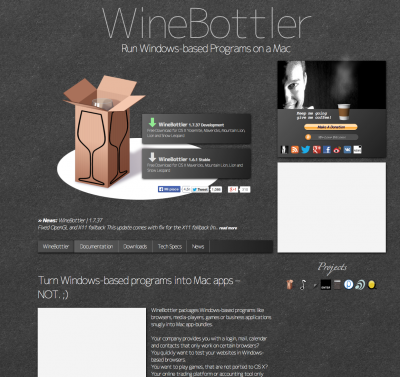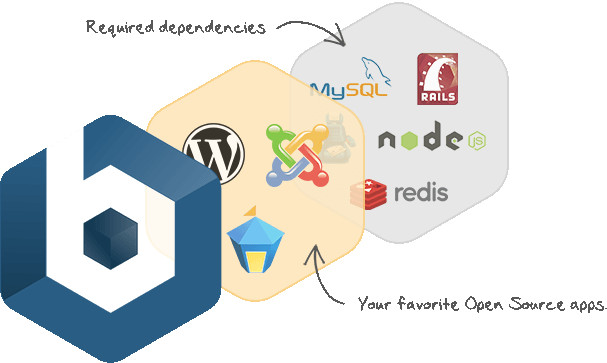
- Mac install php 8 how to#
- Mac install php 8 install#
- Mac install php 8 update#
- Mac install php 8 mac#
Mac install php 8 install#
Once enabled, install PHP 8.0 for Apache or Nginx web server as shown: Install PHP 8.0 for Apache $ sudo yum-config-manager -enable remi-php80 $ sudo yum-config-manager -disable 'remi-php*' To enable php:remi-8.0, execute: $ sudo dnf module enable php:remi-8.0 -y We need to enable this module before installing PHP 8.0. Right at the bottom, be sure to notice the remi-8.0 php module. Once the installation is complete, proceed and list the available php module streams as shown: $ sudo dnf module list php To install the Remi repository, run the command: $ sudo dnf install -y Remi repository is a third-party repository that provides a wide range of PHP versions for RedHat Enterprise Linux. EPEL, short for Extra Packages for Enterprise Linux, is an effort from the Fedora team that provides a set of additional packages that are not present by default on RHEL & CentOS. Right off the bat, you need to enable the EPEL repository on your system.

Step 1: Enable EPEL and Remi Repository on CentOS/RHEL
Mac install php 8 how to#
In this guide, you will learn how to install PHP 8.0 on CentOS 8/7 and RHEL 8/7.

It promises lots of improvements and optimizations which are set to streamline how developers write and interact with PHP code. PHP 8.0 is finally out and was released on November 26th, 2020. With PHP 8 installed, you can now start building dynamic websites and web applications on your Mac.PHP is a popular open-source server-side scripting language that is integral in developing dynamic web pages. We've also covered some of the common errors you may encounter during the installation process and how to fix them.
Mac install php 8 mac#
We've shown you how to install PHP 8 on a Mac using Homebrew. The exact steps depend on the web server you're using and the specific configuration you need. To configure PHP with a web server, you'll need to edit the server's configuration files. This command installs the gd extension for PHP 8.xīy default, PHP 8.1 uses the built-in PHP server, but you can also use other web servers such as Apache or Nginx. For example, to install the gd extension, run the following command: You can install extensions using Homebrew. PHP 8.1 comes with some built-in extensions, but you may need to install additional ones for your specific needs. This command should output the version number of PHP 8.1 installed on your system. To verify that PHP 8 is installed correctly, run the following command: The first command unlinks the old version of PHP (7.3 in this case), while the second command forces the link and overwrites all conflicting files. You may encounter errors such as "The formula built, but is not symlinked into /usr/local" or "Error: Could not symlink include/php/TSRM/TSRM.h." These errors occur because the formula is not symlinked correctly. This command installs PHP 8.x and its dependencies. Now that Homebrew is up to date, we can install PHP 8. This command fetches the complete repository and fixes the "shallow clone" error. Git -C "$(brew -repo homebrew/core)" fetch -unshallow

Mac install php 8 update#
Open the Terminal app and run the following command:ĭuring the update process, you may encounter fatal errors such as "homebrew-core is a shallow clone" or "fatal: -unshallow on a complete repository does not make sense." These errors occur because Homebrew clones a subset of the repository to speed up the update process. The first step is to update Homebrew to the latest version. If you haven't installed it yet, you can do so by following the instructions on the Homebrew website. Before we start, it's important to note that the following steps assume you have Homebrew installed on your system.


 0 kommentar(er)
0 kommentar(er)
